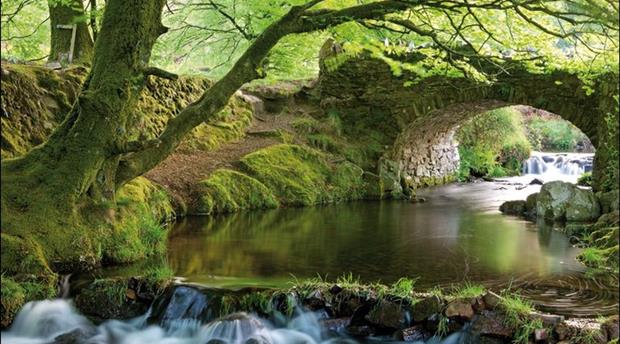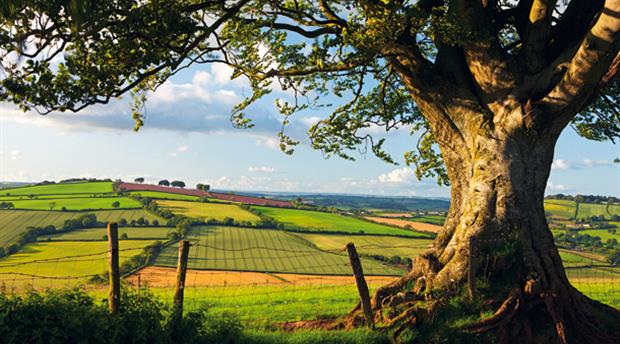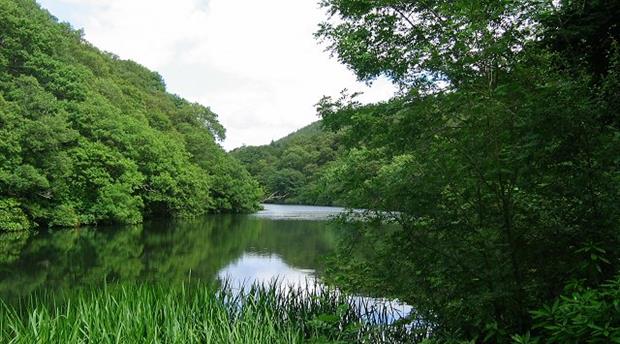This site uses cookies. By continuing to browse the site you are agreeing to our use of cookies. Read our privacy policy.
Exmoor National Park



A unique landscape of moorland, woodland, valleys and farmland, shaped by people and nature over thousands of years. Where high cliffs plunge into the Bristol Channel, and cosy pubs and tearooms offer delicious local produce.
Visiting Exmoor National Park
On Exmoor it is still possible to find tranquility and peace as well as rediscover your sense of adventure; to catch a glimpse of wild red deer, be amazed by dark skies full of stars and explore villages full of character.
Exmoor - Something for Everyone
Whether you are looking for an invigorating walk, horse ride or cycle across the high moors and through wooded valleys using our excellent path network, or if the gentler comforts of a local cream tea in one of Exmoor’s beautiful villages is more your thing; Exmoor National Park has something for everyone.
Why not search through our events database to see if there is an organised walk or event that may take your fancy. For more information explore the links on the left hand side. Expert guidance and free advice is also available at one of our National Park Centres, where staff can help you to make the most out of your visit to Exmoor.
Exmoor's Wildlife
Exmoor National Park contains an extraordinary variety of wildlife and habitats. Grass and heather moorlands and peat-rch mires cover the hill tops and higher land with steeply incised wooded valleys carving through the moors. The moorland areas are internationally rare and particularly valuable for their expanses of heather, their blanket bogs, and for the wildlife they support including Dartford warblers, whinchats, stonechats, and heath fritillary butterflies.
The valley woodlands are mostly ancient semi-natural oakwoods, also of international significance supporting specialist woodland birds such as the pied flycatcher and redstart which are in sharp decline elsewhere. Cool, shady and moist with clear streams they offer perfect conditions for an abundance of lichens, ferns and mosses.
Wild red deer are found throughout Exmoor and there are plenty of opportunities to see them in the wild. Exmoor is also home to all species of native British bats. Exmoor’s enclosed farmland has been managed traditionally for generations with cattle and sheep. Some of the rarest species on Exmoor such as waxcap fungi are found on the unimproved grassy slopes.
Ancient trees, unique whitebeams, orchards and beautiful old parklands are also found in this incredibly diverse landscape with rich and unique biodiversity.
| 28% of Exmoor National Park takes up 45 square kilometres of North Devon (the rest can be found in Somerset). Exmoor's cliffs are the highest sea cliffs on the British mainland. |
Contact Details
Exmoor National Park Authority
Exmoor House
Dulverton
Somerset
TA22 9HL
App Sat Nav locates the park
Telephone: 01398 323665
Email: info@exmoor-nationalpark.gov.uk
Web: http://www.exmoor-nationalpark.gov.uk/
